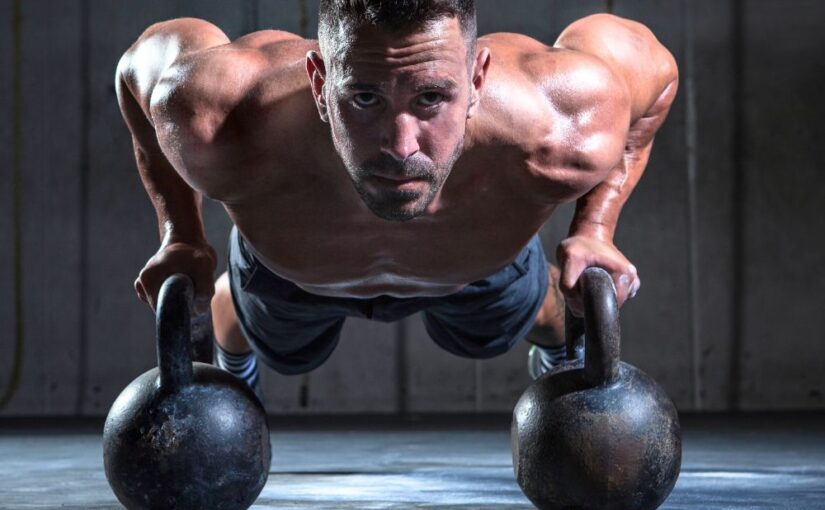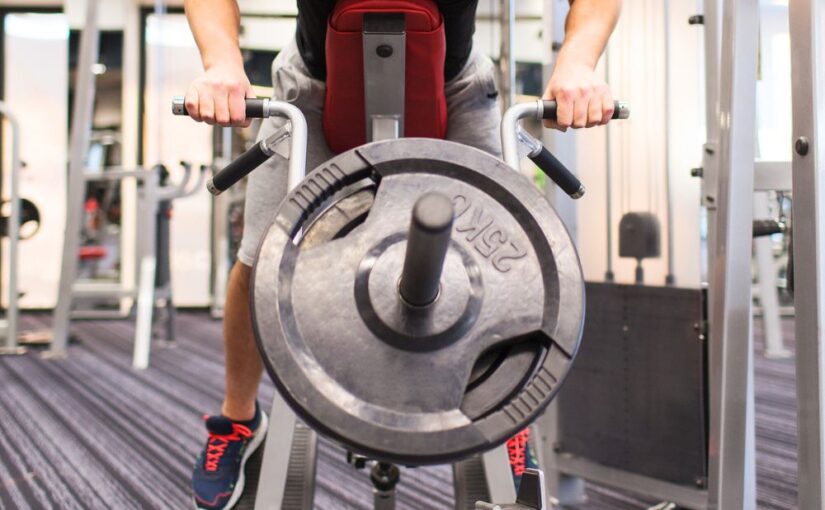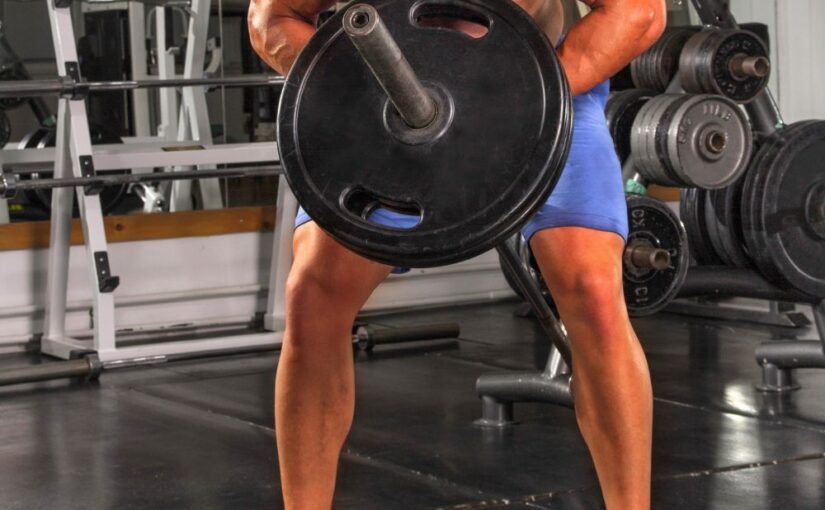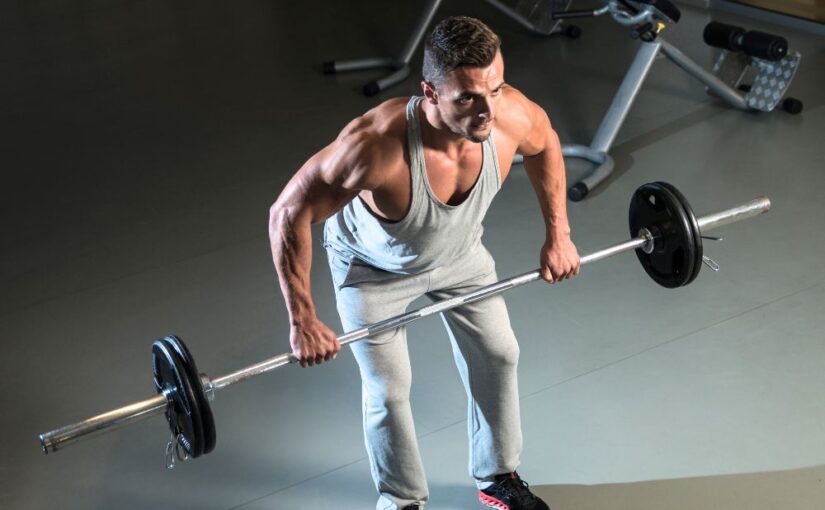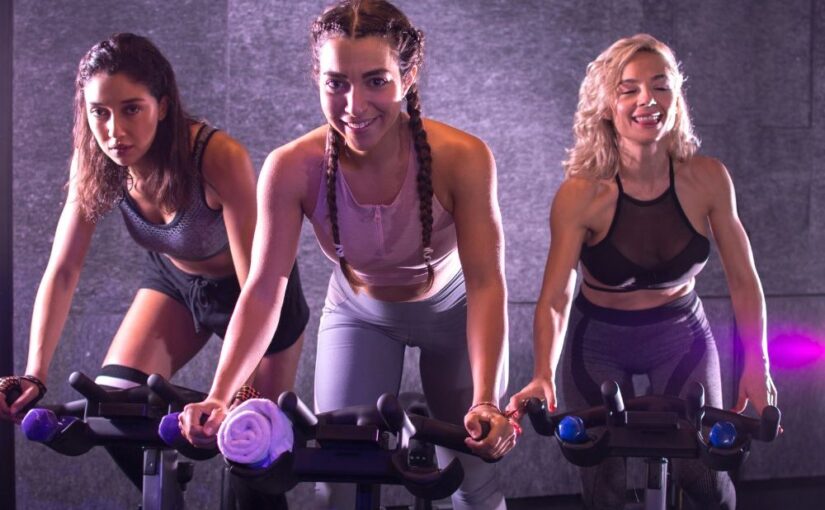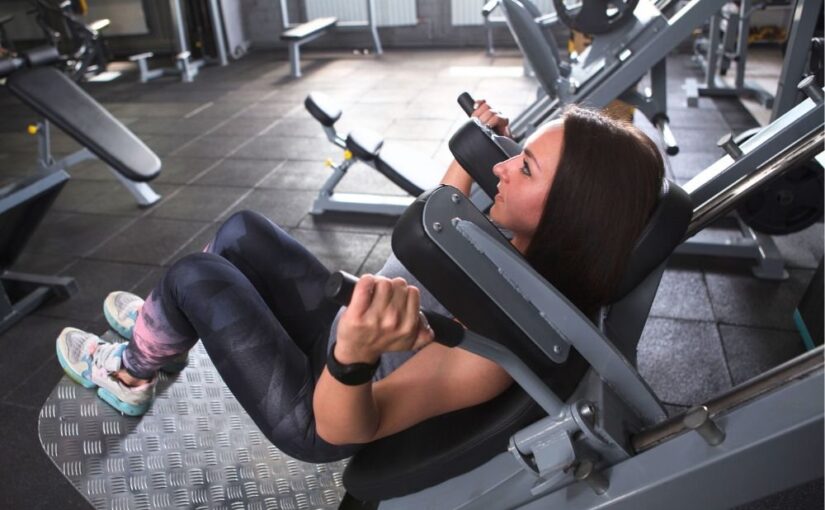The kettlebell push-up is an innovative variation of the traditional push-up that adds an element of instability and challenges your upper body strength, core stability, and balance. This exercise combines the benefits of a push-up with the added resistance of kettlebells, making it an effective addition to any fitness routine. Here’s a closer look at the benefits and execution of the kettlebell push-up.
1. Enhanced Upper Body Strength
Kettlebell push-ups primarily target the chest, shoulders, and triceps, similar to standard push-ups. However, the addition of kettlebells requires your muscles to work harder to stabilize the movement. This increased demand can lead to greater muscle hypertrophy and strength gains in the upper body.
2. Improved Core Stability
One of the standout benefits of the kettlebell push-up is its emphasis on core stability. As you perform the exercise, your core muscles—including the abdominals and obliques—must engage to maintain balance and prevent your body from swaying. This added stability challenge strengthens your core, which is essential for overall functional fitness.
3. Greater Range of Motion
Using kettlebells allows for a greater range of motion compared to standard push-ups. The handles elevate your hands, enabling you to lower your body further toward the ground. This increased depth can enhance muscle activation in the chest and shoulders, leading to improved strength and flexibility.
4. Improved Grip Strength
Lifting and stabilizing kettlebells during push-ups requires a strong grip, which can significantly enhance your grip strength over time. Improved grip strength is beneficial not only for lifting but also for everyday activities, making this exercise practical for overall fitness.
5. Enhanced Stability and Balance
The instability created by the kettlebells forces your stabilizing muscles to engage more actively. This can improve your overall balance and coordination, making the kettlebell push-up a functional exercise that translates well into sports and daily activities.
6. Versatility and Modification
Kettlebell push-ups can be easily modified to suit different fitness levels. Beginners can perform the exercise on their knees or with lighter kettlebells, while advanced lifters can increase the weight or incorporate variations, such as alternating rows or explosive push-ups. This versatility allows you to adapt the exercise to your specific training goals.
7. Convenience and Accessibility
Kettlebells are relatively compact and versatile pieces of equipment, making them ideal for home workouts or when traveling. The kettlebell push-up takes minimal space and equipment, making it easy to integrate into your regimen.
How to Perform a Kettlebell Push-Up
- Setup: Place two kettlebells on the ground, shoulder-width apart.
- Position: Get into a plank position, gripping the kettlebell handles with your hands. Your body should be aligned in a straight line from head to heel.
- Lower Down: Inhale as you bend your elbows, lowering your chest toward the ground. Keep your core engaged to maintain stability.
- Push Up: Exhale as you push through your hands to return to the starting position.
- Repeat: Perform the desired number of repetitions.
Conclusion
The kettlebell push-up is an effective way to enhance your upper body strength, core stability, and overall functional fitness. By incorporating this dynamic exercise into your routine, you can challenge your muscles in new ways and improve your performance in other lifts and activities.
Whether you’re a beginner looking to diversify your workouts or an experienced lifter seeking a new challenge, the kettlebell push-up is a valuable addition to any fitness regimen. Try it out and experience the benefits for yourself!

